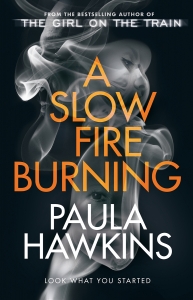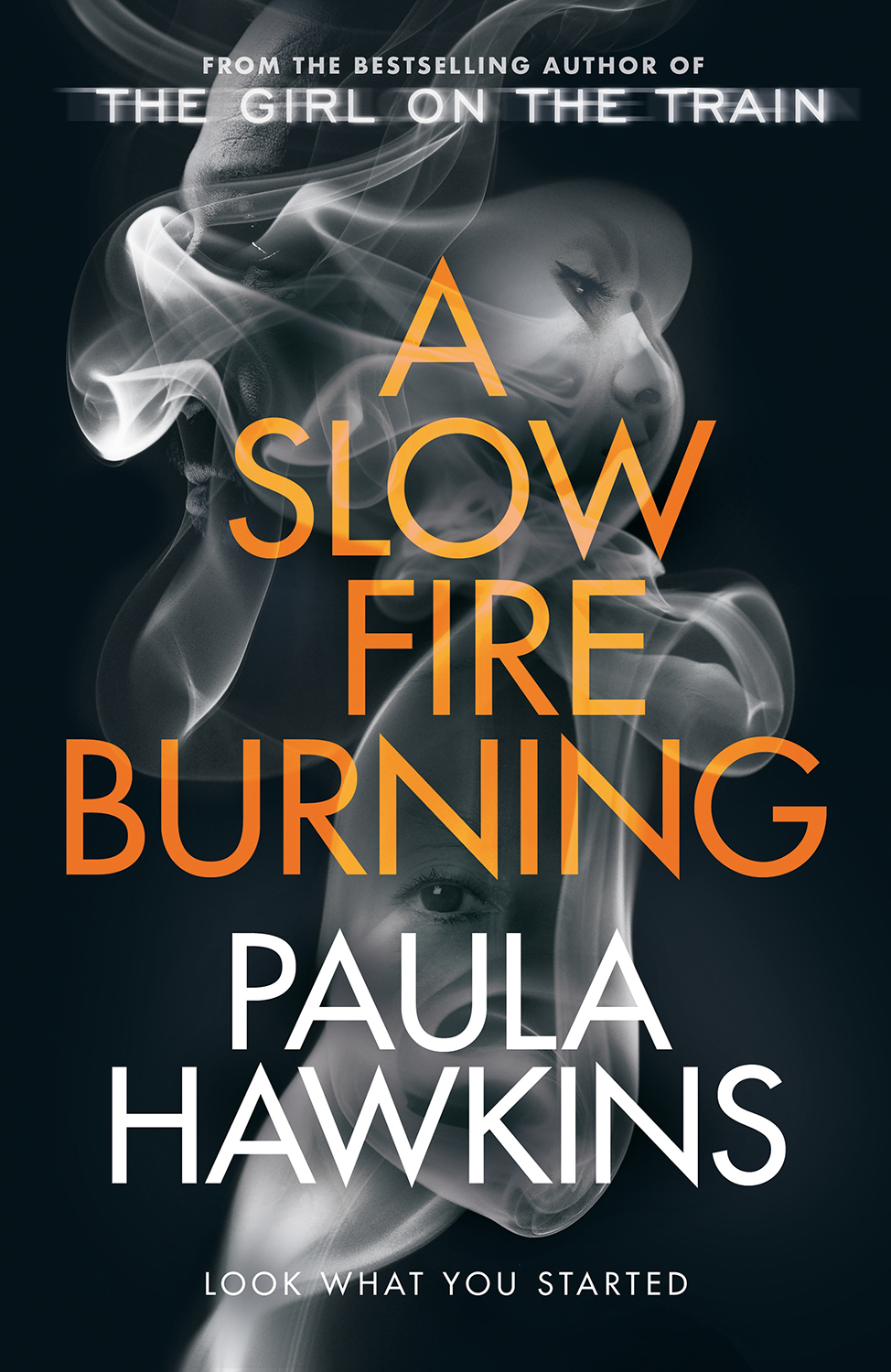
Paula Hawkins is author of the runaway bestseller, The Girl on the Train, and her new thriller, A Slow Fire Burning, is equally as gripping. She chatted to The Penguin Post about bad crime writing finding inspiration and being an author during a pandemic.
PP. You’ve said that Miriam’s story is a twist on something you read in a newspaper some years ago, that’s stayed with you since. Could you tell us a bit more about that?
PH. During the trial of a notorious serial killer some years ago, it emerged that he had offered a young girl a lift in his car. The girl immediately sensed something off about him; she refused to get into the car, and he drove off. He later abducted another girl. I couldn’t stop thinking about that first girl, about how she must have felt when she realised how close she had come to something truly terrible happening. What happens to Miriam in the book is quite different, but that near miss is the place where it started.
PP. Who is your favourite – or least favourite – character in A Slow Fire Burning?
PH. The obvious choice for least favourite is going to be Theo, but I feel for him too: what he does in this book is terrible, but he is redeemed for me by how deeply he loves his wife.
PP. There’s a book within a book in A Slow Fire Burning, with references and flashbacks to Theo Myerson’s crime novel. Please talk about this mechanism and your decision to pursue it in the book, particularly with Theo, one of the few male characters in the novel.
PH. Theo is a literary fiction writer who, suffering from writer’s block, has decided to try his hand at writing a crime novel because he feels it will unblock him – he thinks it will be easy, unlike the ‘real’ writing he does in his other works. He also thinks he can create something completely new, because he will be coming at the genre from an outsider’s perspective.
The book within a book serves a number of functions: it is part of the plot, of course, but it also allows us to think about crime writing and crime reading, why we do it and why we enjoy it, how to do it well and how to do it (in Theo’s case) rather badly. Theo’s idea is to write from the perspective of the killer, in attempt to play with our assumptions about guilt and responsibility – it’s not a bad idea in itself, but it is poorly executed, lurid and sensationalist.
PP. Please talk about how you build suspense in your stories?
PH. You create suspense when the reader knows something which the characters do not; you create suspense through anticipation. So the trick is to give the reader an indication of where you are going without giving them all the details, without giving them the what, where, when and how. That is what compels people to turn the page. Or at least, that is part of what compels them: you also need to create characters that people care enough to be interested in following them around for three hundred pages.
“I didn’t find my novel writing voice until I was in my forties!”
PP. Generally, what is your writing routine like, and where do you work from?
PH. I split my time between London and Edinburgh these days: I have writing spaces in both houses. I almost always work at home – I am not one of these people who likes to go out to coffee houses or libraries to write – although I will occasionally rent a house in the middle of nowhere to do some writing. Lately that has not been possible, but in 2018, I went to the Isle of Skye for a few weeks and in 2019, I spent a month in the Dolomites in Italy, which was wonderful.
PP. Do you have any totems or must-haves around when you write? Or any rituals leading up to, or around, your writing?
PH. No. For me, writing is a job. I sit down at my desk and get on with it. I do like silence though, and for the house to be relatively tidy. If there is chaos around me, I feel as though I need to sort it out before I can get on with real work.
PP. Where do you draw creative inspiration from day to day?
PH. I take inspiration from other writers, from film and television and, in normal times, from going to art exhibitions and museums. From friends, too – from conversations with creative people.
PP. What advice would you give to someone trying to find their voice as a novelist?
PH. I think the answer is in the question. Finding your voice is perhaps the essence of novel writing. You have to ask yourself what is unique to you, to your characters, to the story you want to tell. What is essential to you, and why? Figuring that out may not come easily – I didn’t find my novel writing voice until I was in my forties! For most – though not all – people, it takes time, effort and practice. So write often: give yourself ample opportunity to find what feels write for you.
PP. Please could you talk about your own experience of living and working during a pandemic? Has it influenced your writing at all?
PH. I’ve had an easier time than most. I work from home, I don’t have small children to home-school, I’m financially secure. I’ve not become ill. I worked hard during the lockdowns, I found the sensation of being cut off from everyone quite useful because I was already deep into the novel. I think from a creative standpoint, continuing lockdowns would be tough. I long to be out in the world again.
A Slow Fire Burning is out now.
ALSO BY THIS AUTHOR
YOU MAY ALSO ENJOY











